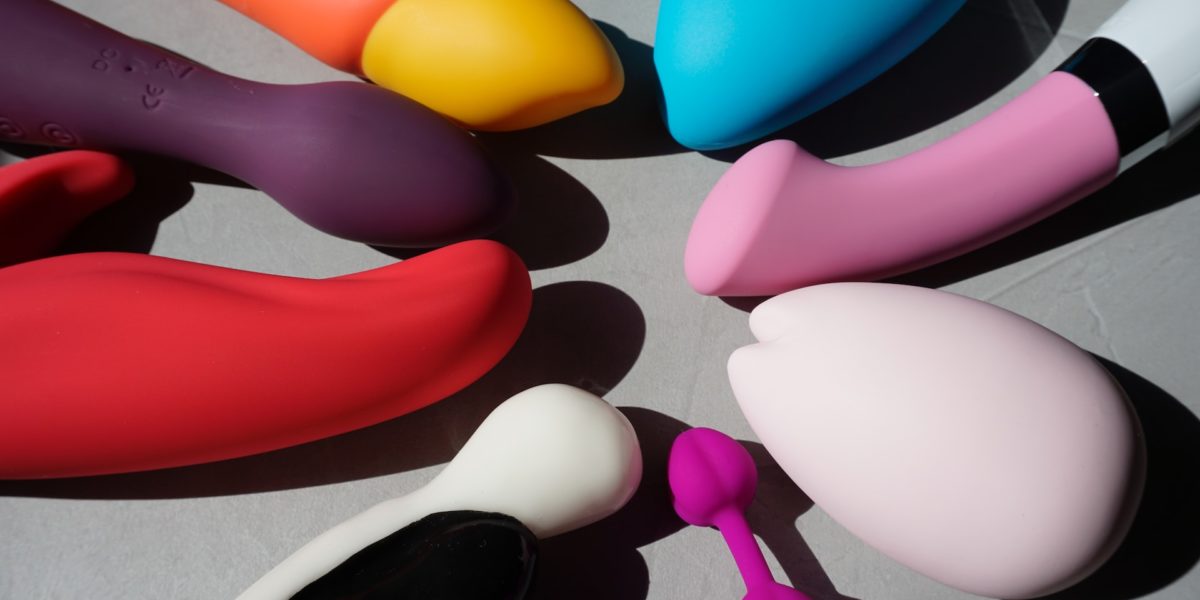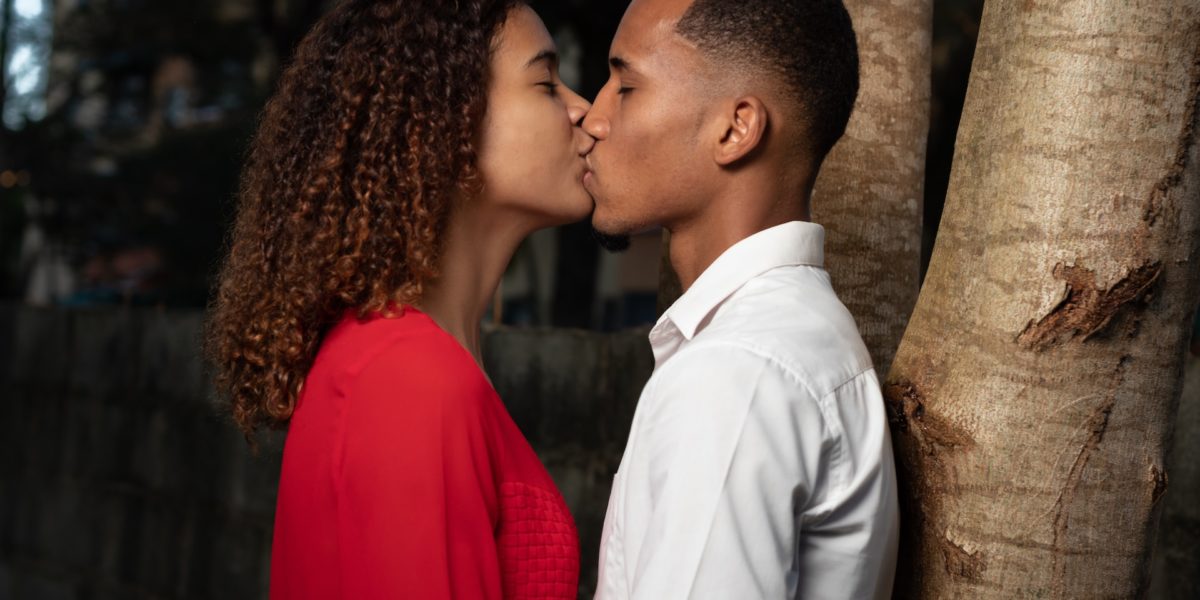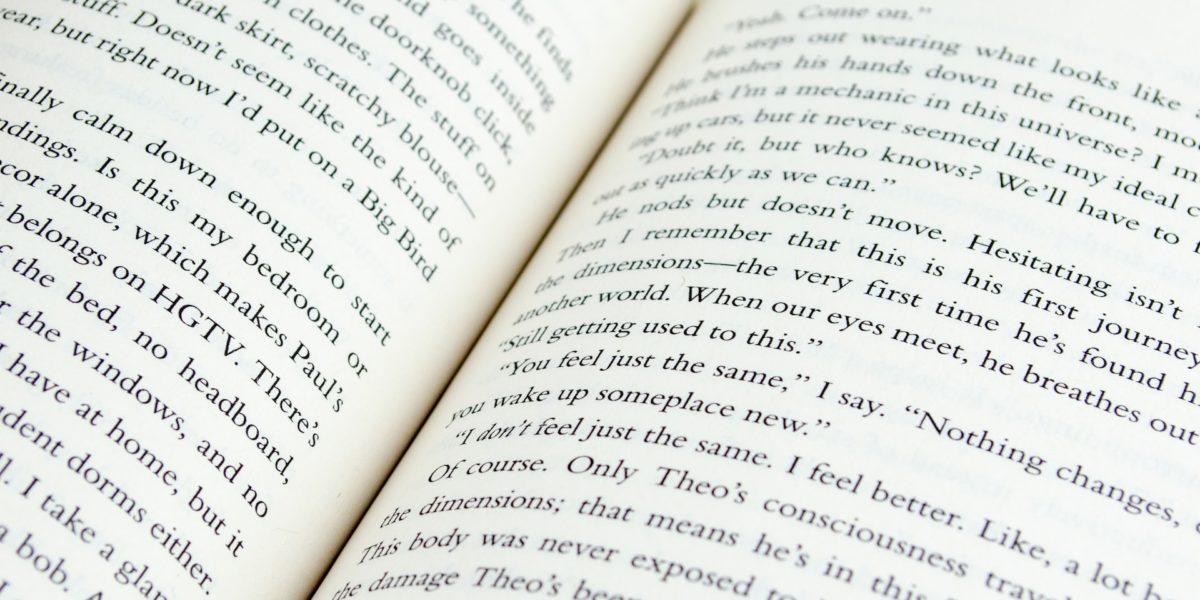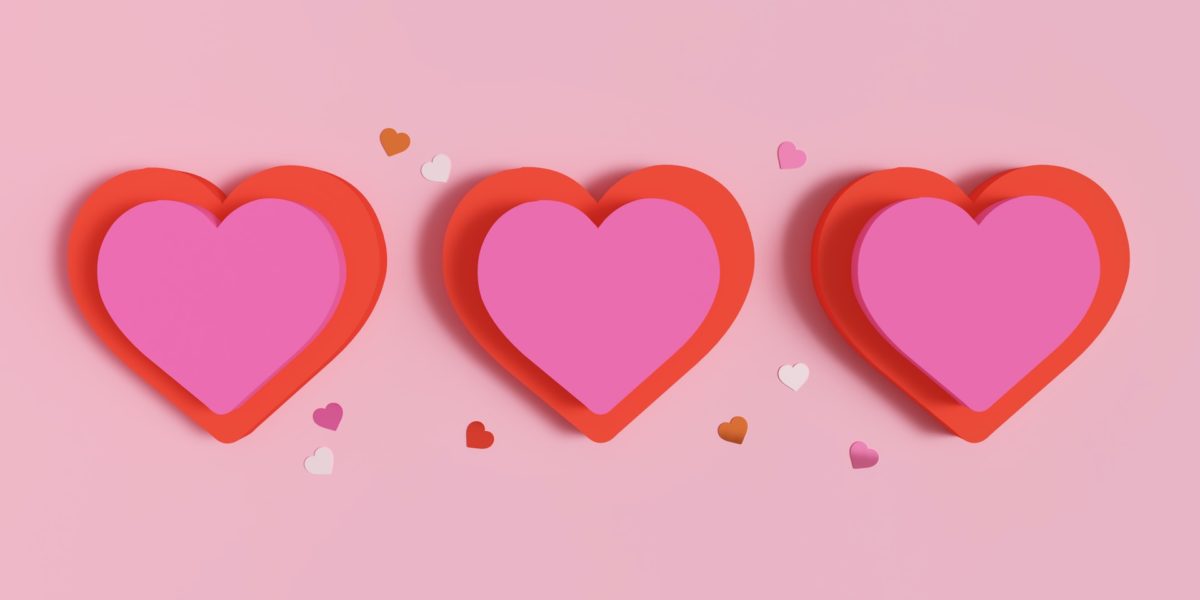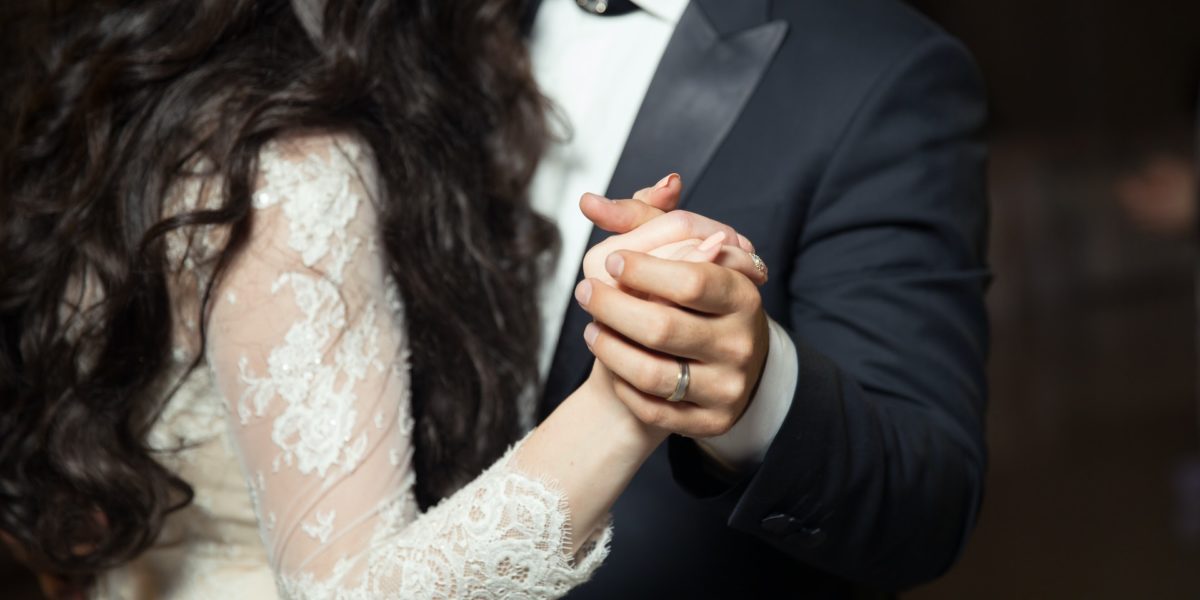The contents of Bouquet romantic novels might still leave something to the imagination, but not so their covers: this is the image of the ‘ideal man’. What does it say about our perceptions?
Cliché image
The popularity of the Bouquet romance took off in the 1980s, with the books selling like hot cakes. Covers played a crucial role in this and became increasingly explicit and over the top. Picture a blond, half-naked Adonis in a passionate embrace with a beautiful woman. The effect is to maximize the cliché image of the active, dominant man and the passive, submissive woman.
Hello Fabio
Joanna Lindsey, one of the best-known authors of that period, made frequent use of covers featuring passionate clinches. The illustrations were done by Elaine Duillo, who introduced the world to the Italian model Fabio Lanzoni. He went on to feature on hundreds of book covers and is thus inextricably linked to the genre. With Lanzoni as the figurehead, Bouquet romances became even more iconic.
Body as object
From paintings and sculptures, to objects and ceramics: the body has been endlessly depicted in art and design. That means objectification is always lurking around the corner. The problem with this is that the body is invariably presented in the form of a white woman. This image comes in turn from another dominant group, the heterosexual white male and the associated male gaze. As a result, the body loses all autonomy and agency and becomes virtually interchangeable.
Greater diversity
Fortunately, the Bouquet novel has undergone a transformation in recent years, in terms of both content and design. There are books, for instance, with interracial and same-gender relationships, written by authors from culturally and sexually diverse backgrounds. As for the heteronormative embrace on the cover, it too has been eagerly reclaimed by others.
Fresh look
Despite the increase in diversity, the body still functions as an object on book covers and in the world of art and design. One intended for the viewer to enjoy beauty and to satisfy sexual desires and passions. But now also to open our eyes to other possibilities, needs and desires.
